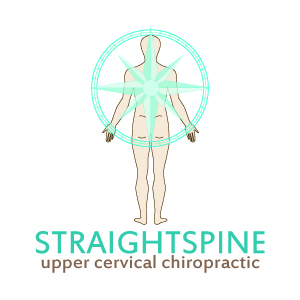What is spinal arthritis?
Photo by Meta Zahren on Unsplash
What is spinal arthritis?
When most people think about arthritis, what they’re actually thinking about joint degeneration. The word arthritis more accurately means joint inflammation, which can then lead to joint degeneration. Spinal arthritis refers to inflammation of the joints of the spine and pelvis. There are over 100 different types of arthritis, some with underlying inflammatory or metabolic conditions, such as rheumatoid arthritis or gouty arthritis. What most people refer to regarding spinal arthritis is osteoarthritis, which is visible on an x-ray as bone spurring and decreased joint space. The classic symptom presentation is joint pain, swelling, and stiffness that’s worse after rest and improves as you get moving and warmed up. Grinding and clicking sounds coming from the joints are also common. As degenerative changes become worse and joint spaces narrow, there can be a decrease in space where the nerves exit the spine, resulting in pain/numbness/tingling travelling down the arms or legs.
Photo by Agustin Fernandez on Unsplash
Osteoarthritis is usually said to be the result of joint wear and tear; however, the recent scientific literature shows that it is more likely the result of a lack of wear and tear. For example, it is well understood that immobilizing a joint in lab mice will lead to joint degeneration for the purpose of performing a study. Basically, they’ll cast a leg so the mouse is unable to bend it, resulting in deterioration of the joint. But why would a joint that’s not being used deteriorate? Well, joint capsules contain synovial fluid which lubricates joints, provides nutrients, and removes waste products from the joint cartilage. When a joint is immobilized, or even just has limited motion, the synovial fluid becomes stagnant. This means that the joint cartilage will lack lubrication and can dry out and crack, leading to tissue breakdown. The joint capsule itself also becomes inflamed. Remember that inflammation is actually a normal healing response to damaged tissue, so it isn’t always problematic. It’s when the inflammation isn’t dealt with and becomes chronic that we end up having prolonged symptoms.
Photo by William Krause on Unsplash
Isn’t it just old age? My doctor said it was normal.
Although osteoarthritis is common, it’s not physiologically “normal.” When we look at images of the spine, we commonly see arthritic changes in a region of dysfunctional joints surrounded by healthy joints. Unless those healthy joints are younger than the degenerated ones, it’s hard for me to say that it’s age related. However, it is time related since the longer a joint is dysfunctional, the more it degenerates. Of course, genetics play a role in each person’s level of joint degeneration, but we don’t need to think of those changes as an inevitable result of aging. Osteoarthritis is the result of altered joint mechanics multiplied by time. Keep your joints healthy and happy, and they’ll last as long as you need them to.
Treatment
Although arthritic changes to bone are irreversible, it’s important to realize that they aren’t always painful. For example, if I look at an x-ray of a neck showing degenerative changes, without being told anything about the person, I can’t tell you whether or not that person has pain in their neck. What I can tell you is that the biomechanics of those joints has been altered for a prolonged period of time. Chiropractors are trained to detect and correct altered spinal biomechanics. Even though we can’t restore a degenerated bone, restoring optimal mechanics will slow joint deterioration, improve motion, and hopefully reduce pain in the area. So, if you’re dealing with pain that you think is related to osteoarthritis, make sure to visit us and get your spine checked!



